Meet Yang Wei Han | Artist
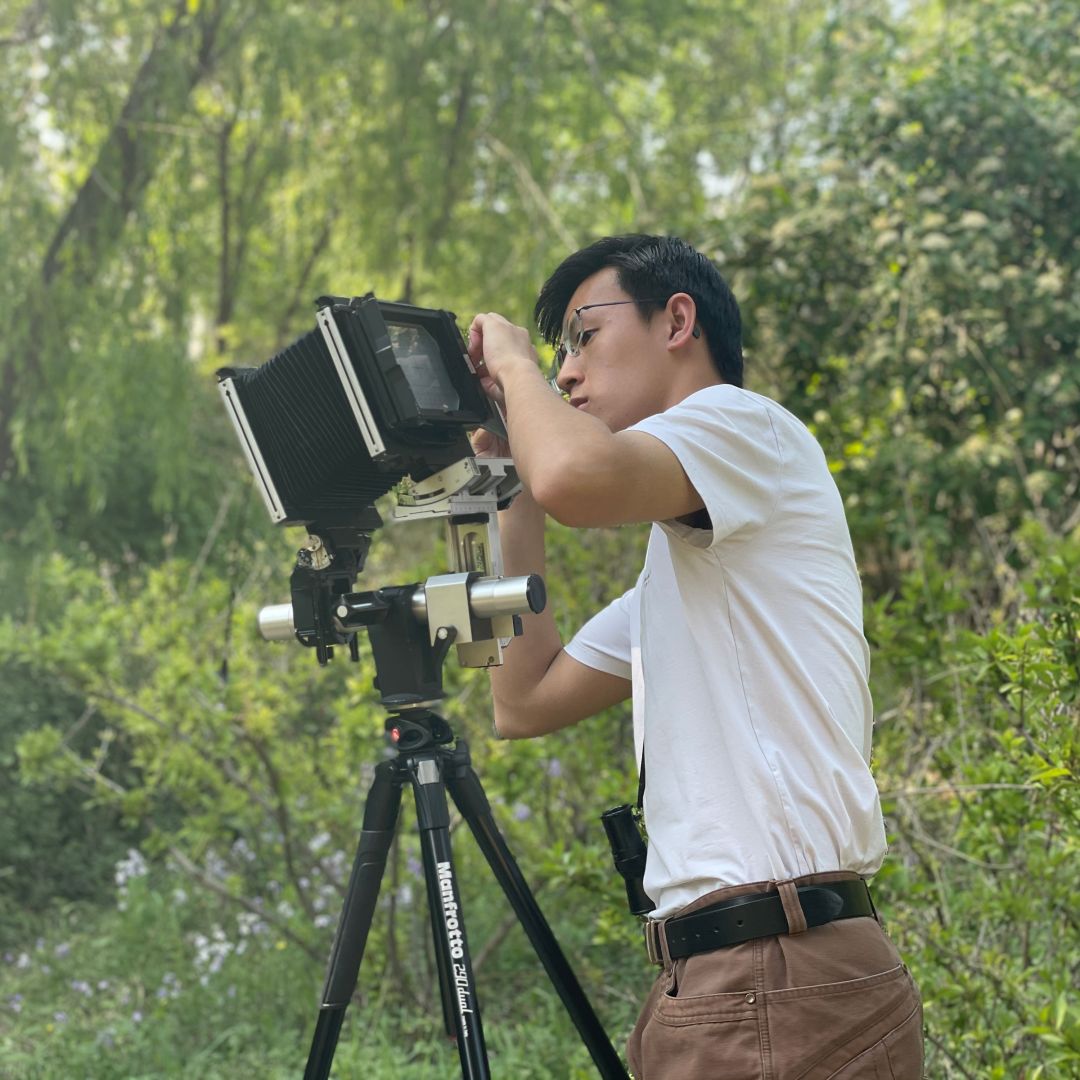
We had the good fortune of connecting with Yang Wei Han and we’ve shared our conversation below.
Hi Yang Wei Han, why did you decide to pursue a creative path?
I spent four years getting an undergraduate degree in journalism, but since junior year I had become an audit student in art. The working pattern of journalism did not fit me well. The industry is about time sensitivity. It made me upset to think that a report I write will never be read a week after it is published. I had this simple wish that I could have the freedom to create things that express, or represent myself and last longer. Thanks to the photojournalism class I had taken before, I knew a little about digital photography, and I wanted to learn photography under the fine art discourse. A friend next to my dorm happened to know a professor of the photography department at the Academy of Arts and Design. I asked him if I could audit his class, and he said you are welcome. That is how everything started.

Let’s talk shop? Tell us more about your career, what can you share with our community?
Compared to finding a way to represent life, I am more fascinated by what life itself presents, and that is why I love and use photography. Life is mundane on the surface, but it unfolds its significance if you look at it carefully and contemplate it. In my pictures, I recreate seemingly ordinary events of everyday life that often reveal their complex meanings not in the moment, but later in remembrance. For an event like this, it hardly occurred to me to photograph it the moment it happened, and we can never predict when it will happen next time. It cannot be captured but can be reconstructed.
Untitled (Seated Man) depicts a man who, on a whim, wants to be naked in nature, but suddenly feels reluctant to even put his feet onto the ground because he thinks it is dirty. It is a moment when the civilized and the animal side collide within a human being. In Identifying the Plant, a woman is crouching down to identify a plant. Yet her delicate dressing and the unremarkable surroundings, together with the lush violet and the inconspicuous weed being identified, imply something more. My recent work, Untitled (Basketball Shooting), shows a man doing basketball shooting without a real ball in an ordinary neighborhood. The action that is born with a specific goal turns into a purposeless, habitual behavior. On the contrary, his girlfriend (or not) walks naturally a little ahead, detached from his enjoyment. These pictures are all originated from my own experience. I love to make them into real photographs where time is suspended but narrations and interpretations are opened up.
Some works involve a group of photographs (and sometimes text) that show the endeavor to retrace and recreate an image in mind. For example, Tian Mi Mi is an endeavor to recreate a frame of the music video of Tian Mi Mi (or Sweet as Honey), a 1979 Chinese song by Teresa Teng. In that frame, according to my memory, Teresa, in a long white dress, sits on the rear seat of a bicycle or tricycle, slightly turning around with a light, enigmatic smile. I first saw the video at a very young age while going through my mother’s album collection. About fifteen years later, that specific frame suddenly came up to me. I kept thinking about it with no clear reason, but I could not find that video again. I want to make it into a real image. I shot a 26-minute video and watched it frame by frame, intending to pick out a single image that was identical to the one in my mind. The attempt, however, turned out only to be a failure, as the memory image is not as specific as a real one that can be claimed every detail. The final result is ten similar, yet somehow different photos that I feel for each of them, the quality is “correct” to what I remember. The ten visible, tangible photos together form an intangible thing, the memory. We are looking at something that cannot be looked at in reality.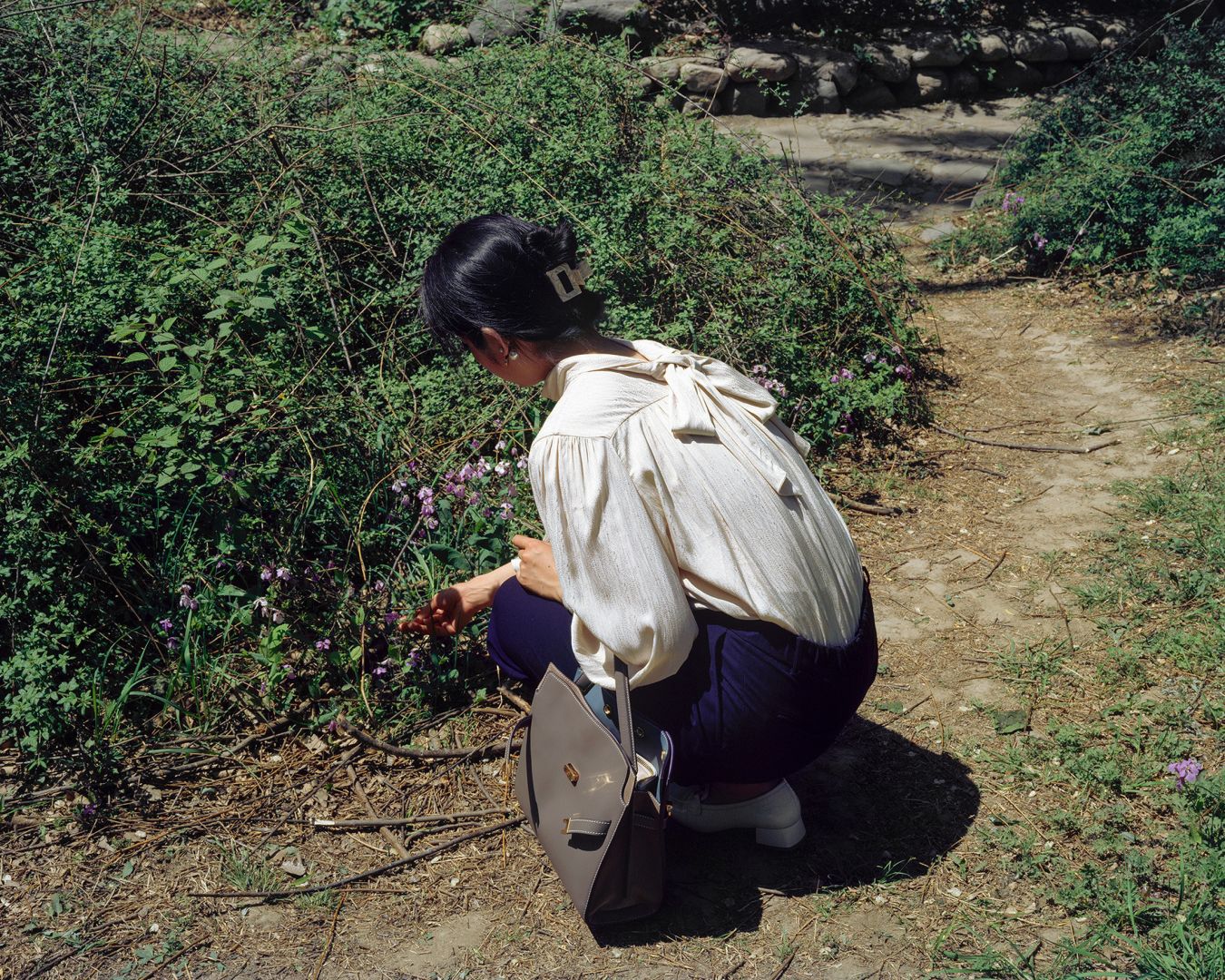
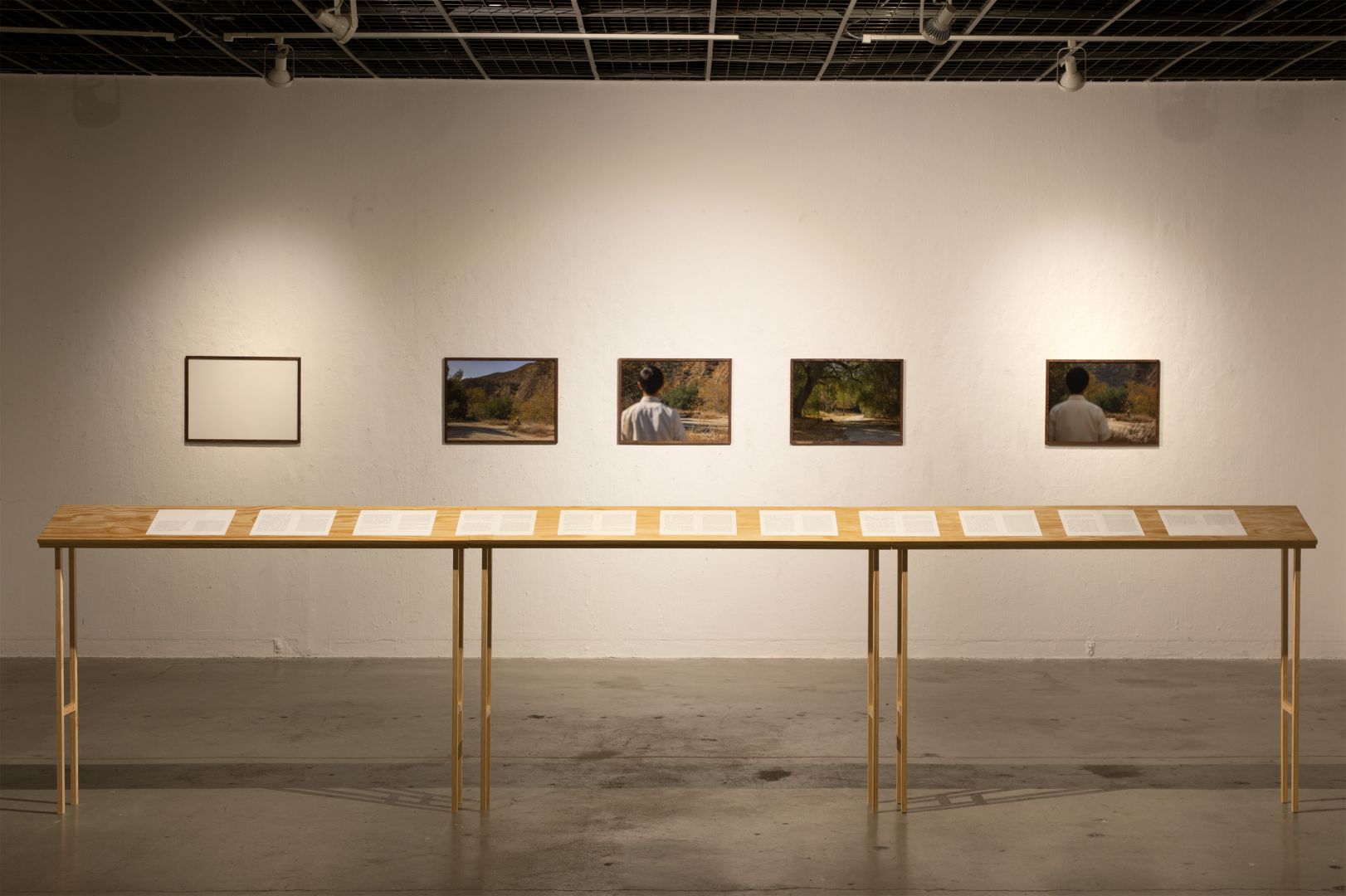
Any places to eat or things to do that you can share with our readers? If they have a friend visiting town, what are some spots they could take them to?
I think I will take them to some great museums. Apart from landmarks like LACMA, MOCA, the Getty, a less well-known one called the Jurassic Museum of Technology is one of my favorites. It has this incredible, mysterious collection that bridges science, literature and art, and will surely blow one’s mind.
I would also like to go hiking with them in nature, but I am not the type of person who does a lot of research before going there. I will just browse the satellite map, find a random green area, drive there, and stop whenever I want. It is always spending time together than the place that we enjoy.
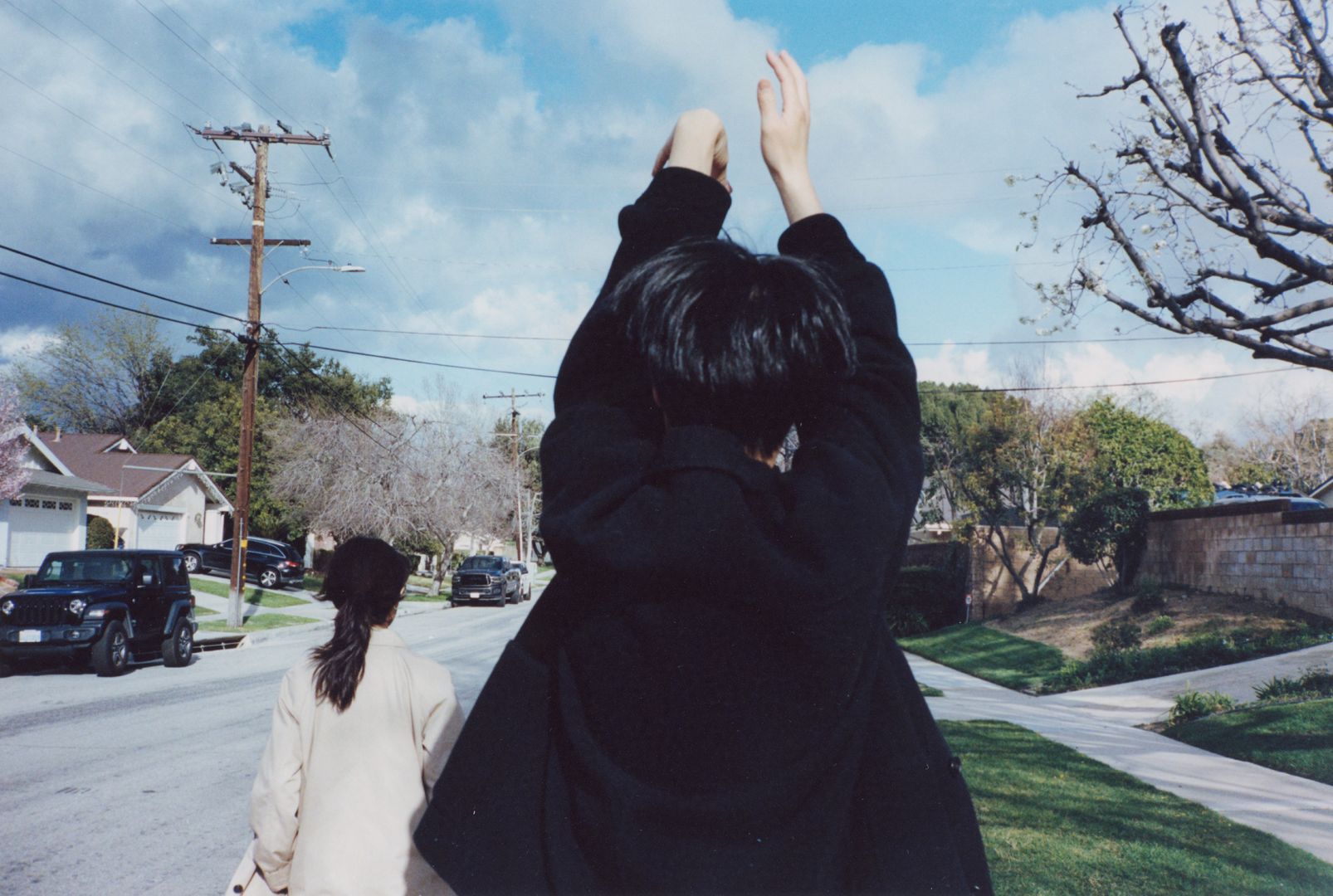
Who else deserves some credit and recognition?
Absolutely. The professor I just mentioned, Mr. Deng Yan, helped me a lot. Everything could not start without him. He let me in his class on contemporary art and photo conceptualism; he brought me to the exhibition he curated and told me how he made it happen; and before I graduated, he suggested I should study abroad to see what art is like in the world, which led to my decision of coming to the California Institute of the Arts. Here I met some great faculties: Matt Connolly, Darcy Huebler, Gloria Galvez, James Benning, Andrew Freeman, Sharon Lockhart, and many others. They help me make progress on my work, and they provide me opportunities to get me more involved in the art scene. I also got to meet some young artists making good art. And as always, I want to thank my parents for always supporting me to pursue my career, mentally and financially, and my partner for accompanying me through difficulties.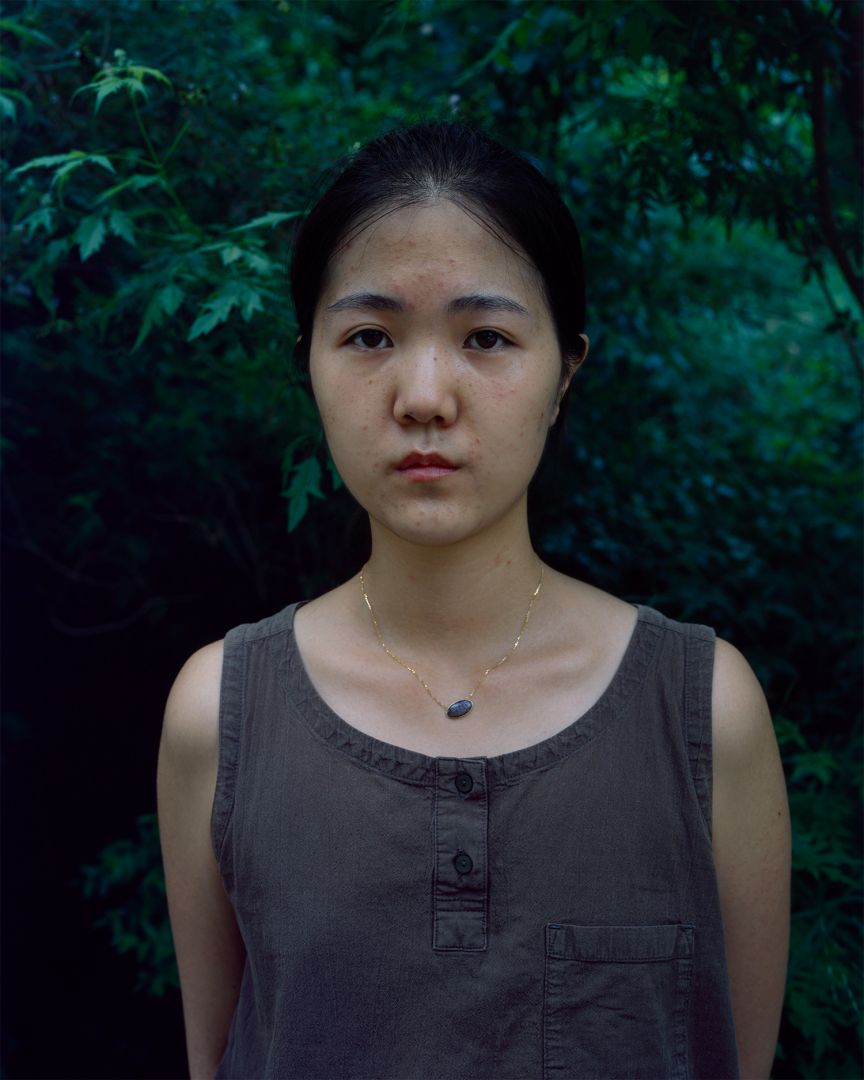
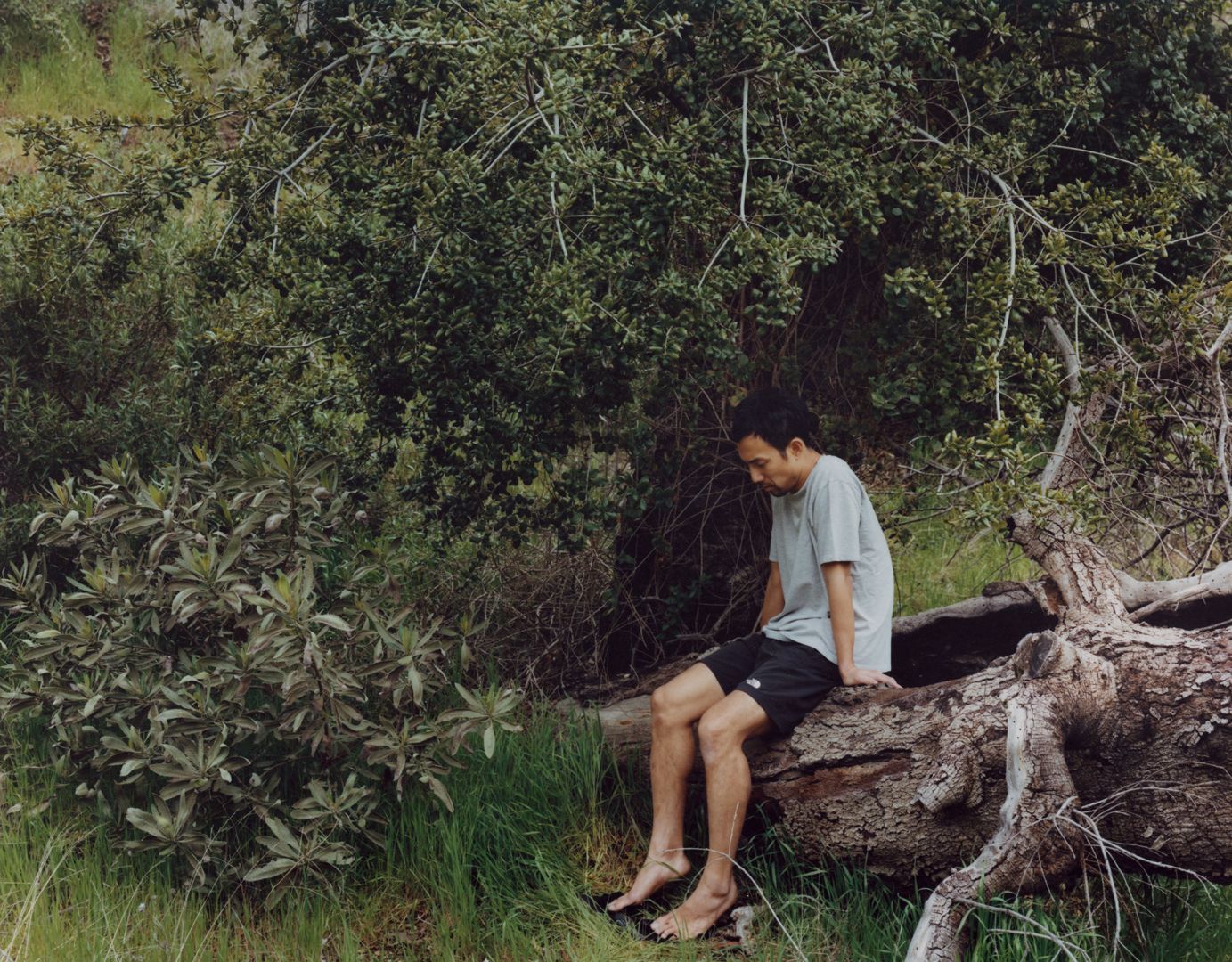
Website: www.yangweihan.com
Instagram: @yang__weihan
